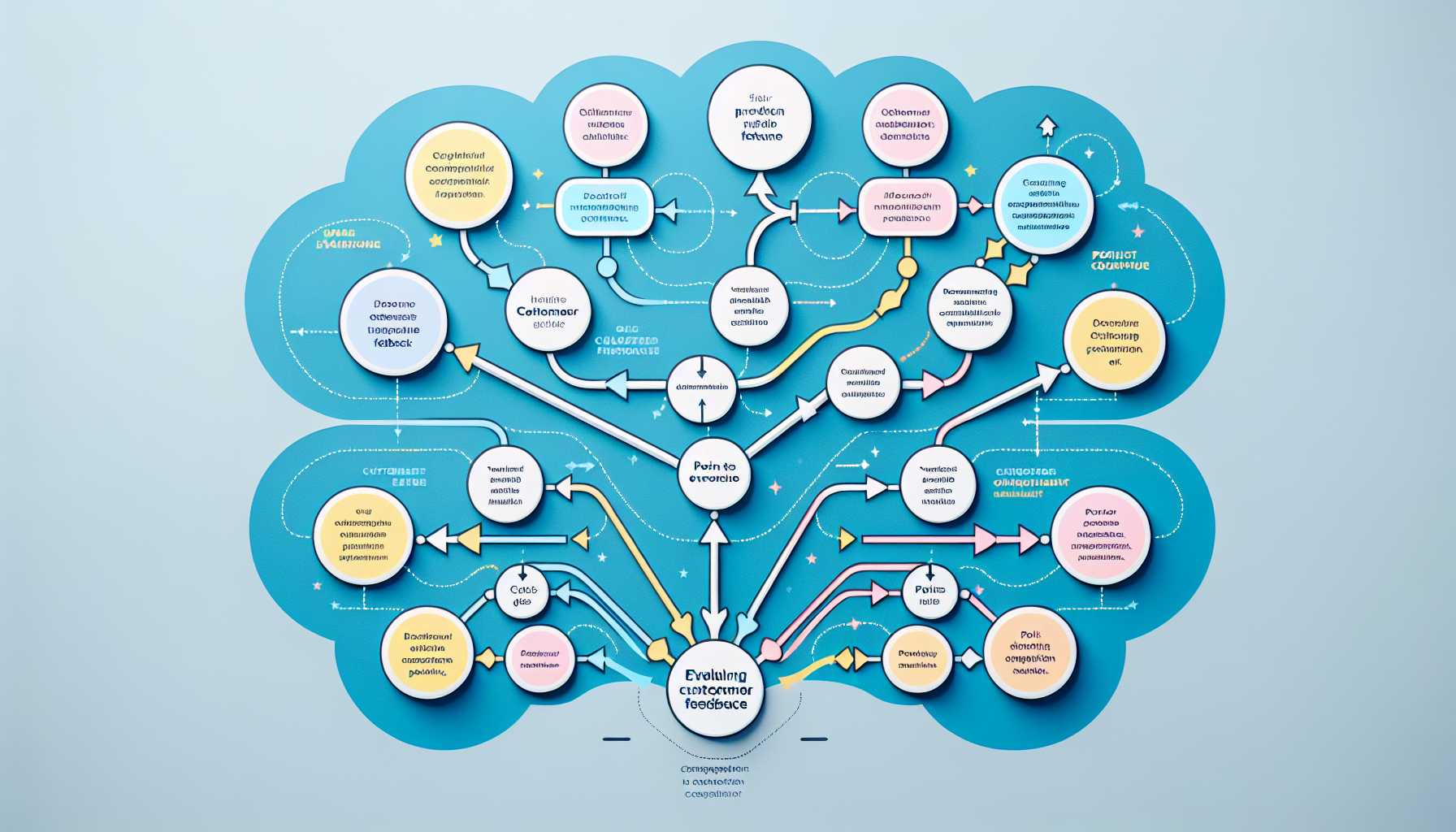Welcome, seasoned product managers. In today’s competitive tech landscape, managing feature requests and feedback from major clients is a nuanced art. It requires a delicate balance between adhering to your product vision and satisfying key customers who can significantly impact your business. My experience has exposed me to various strategies, each with its strengths and challenges. Let’s dive deep into the methods for handling these requests and feedback efficiently and strategically.
Understanding the Importance of Client Feedback
Client feedback can be a goldmine of insights, providing direct input from those who use your product daily. Listening carefully can reveal pain points, suggest new features, and even warn of potential churn. However, not all feedback should lead to immediate action. The critical part is deciphering which feedback aligns with the broader objectives and long-term goals of your product.
Evaluating Client Feedback: A Framework
- Immediate Value: Does the feedback provide a solution for a significant problem currently affecting a considerable portion of your user base?
- Strategic Fit: How well does the suggestion align with the product’s roadmap and strategy?
- Technical Feasibility: Can the feature be developed within the existing technical framework, or will it require a significant overhaul?
- Commercial Viability: Will implementing the feature provide a return on investment, either by retaining clients, attracting new ones, or allowing for new revenue streams?
These principles have helped me navigate countless interactions with key clients. One experience that stands out is when a major client requested a feature that deviated from our roadmap. We used this framework to decide that, despite the client’s influence, the feature would be misaligned with the needs of our broader user base. Instead, we proposed a compromise that addressed their concern without a complete deviation from our strategic plan.
When to Say ‘Yes’ and When to Say ‘No’
Product managers must become adept at saying ‘no’ while maintaining a good relationship with clients. It’s crucial to articulate why a particular request does not fit the current strategy or may be detrimental in the longer term. At the same time, ‘yes’ should only be said when the request provides clear, measurable value that benefits the core vision and broader user base.
In my career, I’ve faced instances where significant clients pushed for features that were against our strategic vision. It was essential to demonstrate that we understood their needs, but we also needed to communicate the overall product vision we were aiming for. Sometimes, finding the middle ground or providing alternative solutions that were a better fit for the product’s direction was key to maintaining a positive relationship with the client.
Leveraging Technology: Tools for Managing Feedback
Efficiently tracking client feedback and feature requests is essential. Tools like product management platforms and customer relationship management systems can be invaluable. In one of my past projects, utilizing a feature voting system allowed us to quantify the demand for specific features directly from our user base, which significantly influenced our prioritization process.
Collaboration with Cross-Functional Teams
Involving sales, customer success, and engineering teams in discussions about client feedback is necessary. This collaboration ensures a more comprehensive view of the feedback’s implications. By working together, these teams can help assess the strategic fit, technical feasibility, and commercial viability of the request.
Documentation and Communication of Decisions
Documenting the evaluation process and decisions made in response to client feedback is critical. It helps maintain transparency within the team and with the client. Moreover, clear communication of the reasons behind decisions, especially when saying ‘no,’ is fundamental. Clients tend to respect a well-justified decision even if it isn’t in favor of their request.
During my tenure, I learned that honest and forthright communication helps ensure that clients feel heard and valued—even if their requests are not implemented. By providing alternate pathways or showing how we plan to address their underlying concerns in future updates, we can keep their trust and satisfaction levels high.
Conclusion
Major client feedback is an integral part of product management, but navigating it requires strategy, communication, and sometimes, a firm stance. By implementing structured frameworks for evaluation, collaborating with cross-functional teams, and maintaining transparent communication, you can make informed decisions that satisfy your clients while staying true to your product’s vision. Remember, in the end, it’s about building a strong, sustainable product that serves the needs of the many, not just the few.
Thank you for joining me on this exploration of managing major client feature requests and feedback. Stay tuned for more insights from the product management trenches.

